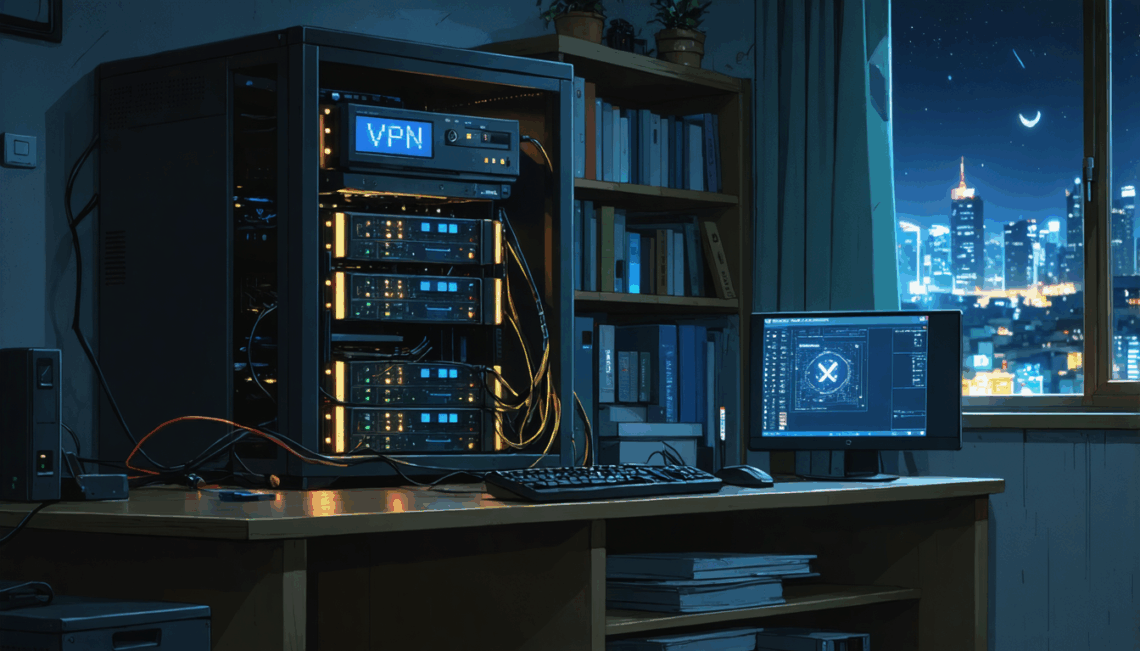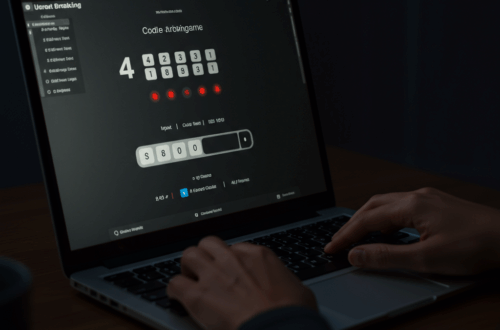Securing Your Home Server Setup with a VPN
I recently set up a home server and wanted to make sure everything was secure, especially since I plan to share and download files. I ran into some trouble getting my VPN to play nicely with my existing setup, so I wanted to share what I learned. Maybe it’ll help you too.
Here’s what I’m working with: a mini PC running Ubuntu, Docker with Portainer, Nginx Proxy Manager, and either Plex or Jellyfin. I also have a VPS and domain from Hetzner, which I’m using for external access. I can already access services like Plex remotely using subdomains like plex.my-domain.com. So far so good.
The problem? I couldn’t get my VPN to work correctly. I want my entire server setup to be behind the VPN for added security. When I connected my mini PC to the VPN, I couldn’t access my services locally or remotely. I kept getting errors like “…doesn’t support a secure connection with HTTPS.”
Why Use a VPN for Your Home Server?
A VPN adds an extra layer of security by encrypting your internet traffic and masking your IP address. This is especially useful if you’re sharing files or accessing your server remotely. It helps protect your data and privacy.
Troubleshooting My VPN Setup
I tried a few different VPN providers (NordVPN and Mullvad) and even experimented with setting up a VPN container using Gluetun and Tailscale. Unfortunately, I couldn’t get them to work with my existing setup. Things got a little complicated with my Hetzner DNS settings, and I wasn’t sure how to configure everything properly.
Finding the Right Solution
After a lot of trial and error, I realized I needed to approach this differently. Instead of connecting my mini PC directly to the VPN, I needed to configure my router to use the VPN. This way, all traffic from my home network, including my server, would be routed through the VPN.
Many routers support VPN connections. If yours doesn’t, you can use a dedicated VPN router or even set up a Raspberry Pi as a VPN gateway. This approach ensures that your entire network, including your home server, is protected by the VPN.
The Importance of DNS Settings
It’s also crucial to double-check your DNS settings. When using a VPN, you should use the DNS servers provided by your VPN provider, not your ISP’s DNS servers. This ensures that your DNS requests are also routed through the VPN and protected.
Next Steps and Other Security Considerations
I’m still experimenting with different VPN setups and configurations to find what works best for me. Beyond the VPN, I’m also exploring other security measures, like enabling two-factor authentication for all my services and regularly updating my server software.
Securing a home server can be challenging, but it’s definitely worth the effort. By taking the time to configure your VPN and other security measures correctly, you can protect your data and enjoy peace of mind knowing your server is secure.






